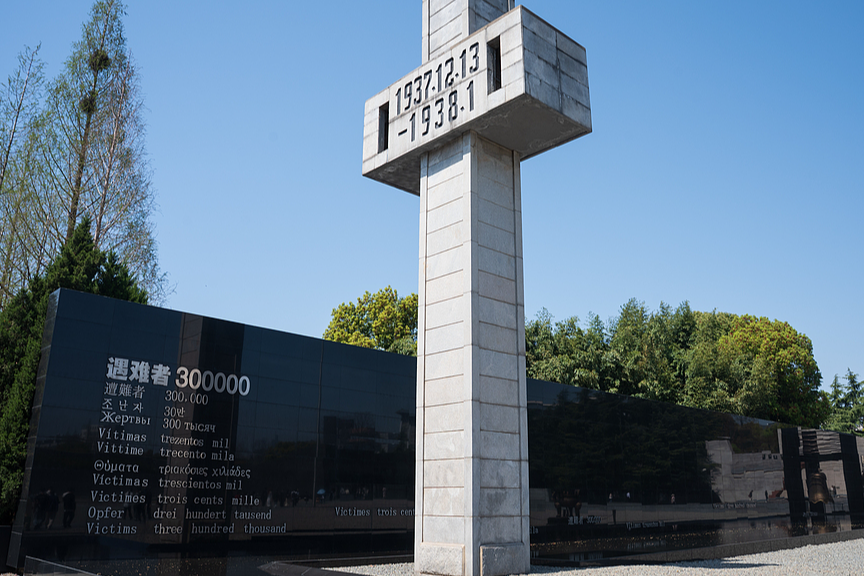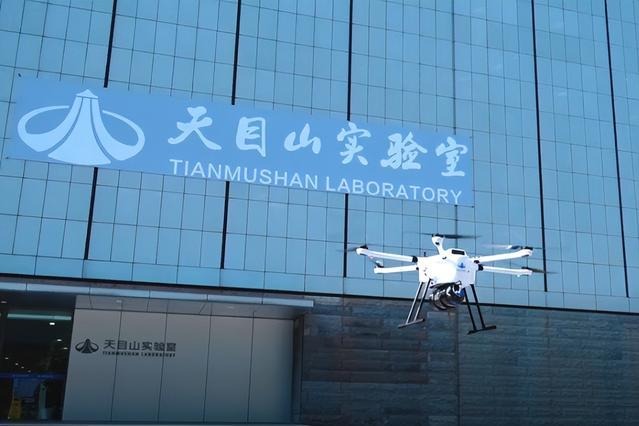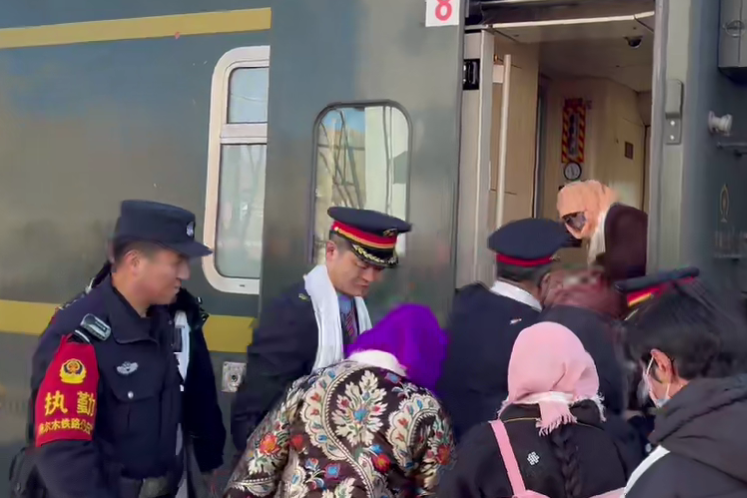What's on

Cross-cultural dialogue

East and West, an exhibition at the China Art Museum in Shanghai, opens up a dialogue between cultures by bringing together more than 100 artworks by artists from China, the United States, Italy, Belgium, Japan and other countries and regions. It is an effort initiated by the Shanghai Academy of Fine Arts to promote art exchanges amid globalization and to inspire academic research.
Zhang Xiaoling, the exhibition's curator, says the paintings, sculptures, photos and mixed-media works on show reflect how artists around the world are nurtured by their own traditions and motivated by the chemistry being created when different cultures meet.
He says the exhibition aims to encourage people to share collective experiences of life and art, based on which they can develop new concepts of creation, and to engage the audience in the discussion of diversifying and enriching the new cultures today. The exhibition runs through to Feb 25.
10 am-6 pm, closed on Mondays. 205 Shangnan Lu, Pudong district, Shanghai. 400-921-9021.
Oil world

Since the 20th century, while adopting the techniques of oil painting, Chinese painters have also integrated the style with cultural traditions and presented the realities of society, making oil painting an important part of the landscape of the country's art and culture.
The National Art Museum of China is showing a selection of oil paintings from its collection to illustrate the domestic development of the medium over the past seven decades. Works on show include A Distant View of Drum Tower, in which Qin Xuanfu used loose strokes and soft colors to capture a serene mood in the late 1940s Beijing; Path to Urumqi, a 1954 landscape by Ai Zhongxin, which highlights the magnificence of snowcapped mountains in the Xinjiang Uygur autonomous region; and Lotus Flowers, by Wu Guanzhong in the 1990s, a representative work of his exploration of abstract approaches to reproducing the poetic sensibilities of Eastern aesthetics. The exhibition runs through to Jan 2.
9 am-5 pm, closed on Mondays. 1 Wusi Dajie, Dongcheng district, Beijing. 010-6400-1476.
A fine judge of art

In 1956, Liu Jiu'an became qualified to appraise and research classic Chinese painting and calligraphy at the Palace Museum. His first task included a business assignment to Wuhan, Hubei province, in which he identified a Song Dynasty (960-1279) painting from a pile of works that were initially thought to be "false and not good".
Over the following decades, he dedicated himself to his work, aided by his extensive knowledge in the field and an eye that could discern the wheat from the chaff.
He helped recognize fine and rare works, many of which have entered the collections of public museums. Meanwhile, his work laid the foundations for authentication studies at art universities and he invented new approaches to benefit researchers in the field.
A retrospective exhibition of Liu's career is being held at the Pan Tianshou Memorial, at the China Academy of Art in Hangzhou, Zhejiang province, until Jan 12. His notes, photos, calligraphic works, letters and other collections of art are on show to unveil the depth and scope of his studies of the ink tradition. It shows how a young apprentice, coming from the countryside, gained his initial education in Chinese painting while working at antique stores, became a dealer and then rose to be a connoisseur whose hard work and insight helped enrich the national collection. A forum was also held to discuss Liu's work and influence.
9 am-4:30 pm, closed on Mondays and Friday afternoons. 212 Nanshan Lu, Hangzhou, Zhejiang province. 0571-8791-2845.
Today's Top News
- China remembers victims of Nanjing Massacre, 88 years on
- New plan will be a road map for a stronger future
- Taiwan's character of the year a vote against confrontation
- Strengthened resilience key for economy
- Video sheds new light on Japan's wartime atrocities
- Xi: World yearns for peace, trust more than ever






























